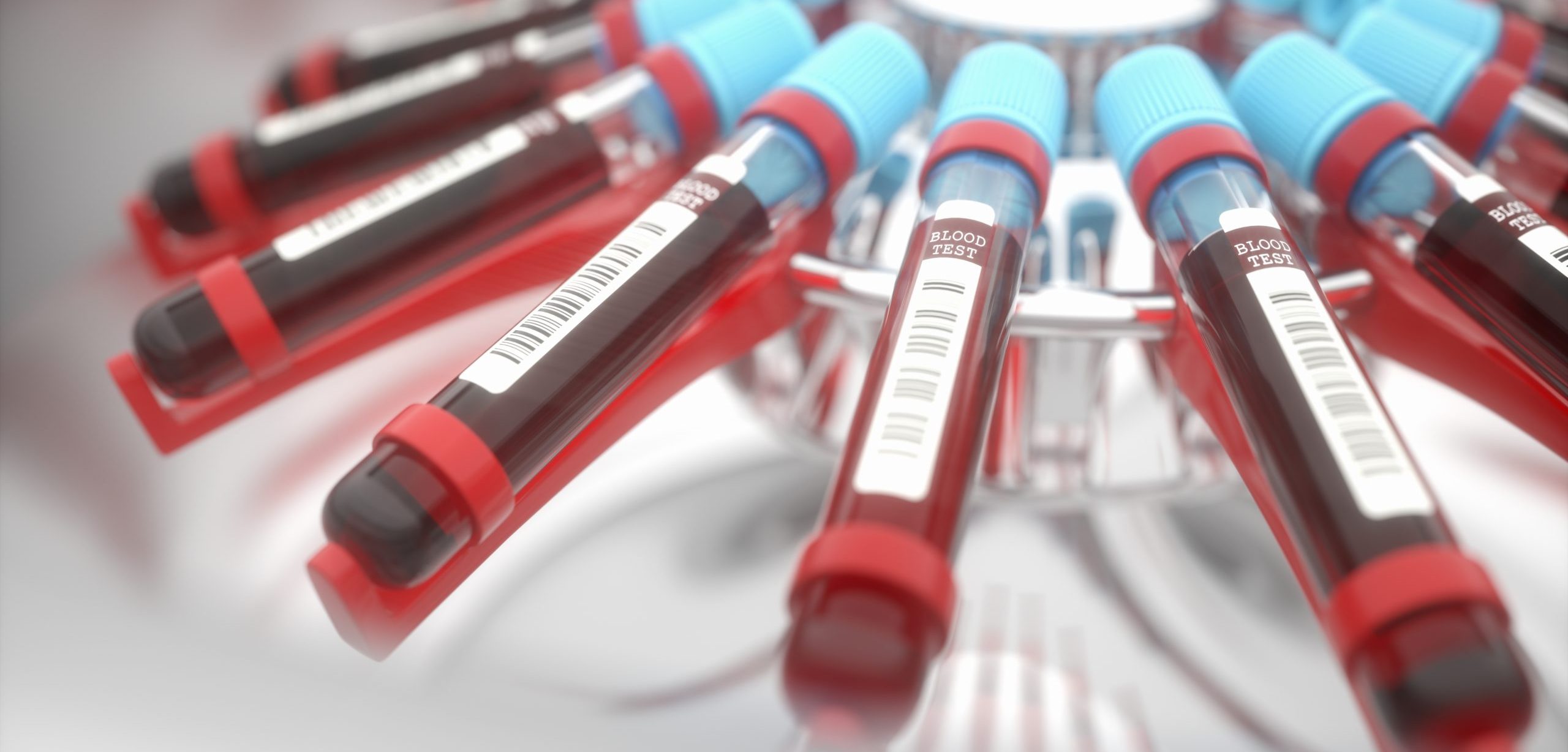How Do Hospitals Dispose of Blood?

How Do Hospitals Dispose of Blood?
Hospitals handle many kinds of liquid waste in surgeries and medical treatments. Liquid medical waste can be infectious and easy to spill, so proper handling is required. Depending on the type of fluid you are handling, it may be classified as biohazardous and require specific methods for containment, storage, labeling, and disposal.
Biohazardous waste is also known as regulated medical waste (RMW). The Occupational Safety and Health and Administration (OSHA) defines RMW as waste meeting any of the conditions below:
- Liquid/semi-liquid blood or other potentially infectious materials (OPIM)
- Items that would release blood or other potentially infectious materials in a liquid or semi-liquid state if compressed
- Items with dried blood or other potentially infectious materials and are capable of releasing these materials during handling
- Microbiological wastes containing blood or other potentially infectious materials
- Contaminated sharps
Liquid wastes meeting these conditions must be properly packaged and labelled under RMW requirements. Proper containment protects medical care workers from exposure to dangerous viruses, bacteria, and bloodborne pathogens.
Biohazardous Waste Collection
Biohazardous waste management is regulated by the Environmental Protection Agency (EPA) and OSHA. The Center for Disease Control (CDC) also provides guidelines for the handling and disposal of biohazardous waste. Blood and other fluids cannot be simply poured down the drain, they require special handling. Hospitals should always refer to state and local regulations when disposing of bodily fluids.
Here are some general guidelines to properly dispose of liquid biohazardous waste:
- Segregate RMW by type at the point of generation.
- Place fluids and other materials in a closable, leak-proof container or bag.
- Containers must be clearly labelled or color-coded to warn others of potentially infectious materials before they are stored, treated, transported or disposed of. While packaging, the person handling RMW should wear heavy latex gloves and other appropriate personal protective equipment (PPE).
- Refrigerators, freezers, and other containers used to store, transport, or ship blood and other potentially infectious materials must also be labelled, color-coded, and include the biohazard symbol.
- Storage areas should be well-ventilated, be inaccessible to pests, and have a good drainage system. A water supply, cleaning equipment, and PPE should be easily accessible in storage areas. Storage areas should offer easy access for staff and waste-collection vehicles, while also guarded from unauthorized access.
Hospitals must have a plan for frequent, routine collection to prevent biohazardous waste from accumulating. Medical Waste Pros can help you find a biohazard waste disposal company that is registered, permitted, and experienced in safe waste disposal.
Treatment and Disposal of Blood
Blood and other potentially infectious materials is treated to eliminate its hazard to people and the environment. Treatment should always be completed by professionals using up-to-date technologies. After treatment, the waste can be taken to a sanitary landfill for disposal.
Incineration
Incineration is a common method for treating blood. Incineration kills bacteria, viruses, and other pathogens using high temperatures. Blood is converted to ash or gas and is cleansed before being released. This method reduces waste volume and has been found to be very effective.
Autoclaving
Autoclaving is another treatment method that can be used to treat blood. An autoclave is a highly-pressurized, steam-treated chamber used for sterilization. Steam kills pathogens and can melt down plastics to be reused. Autoclaving is the most dependable and environmentally-friendly disposal option.
Other Methods
Other methods include bleaching, microwave treatments, and irradiation. Bleaching disinfects biomedical waste with chemicals, making it non-hazardous. Microwave is an emerging technology used to inactivate biohazardous materials. Irradiation is an uncommon method that uses technology such as gamma irradiation.
Safely Handle Medical Waste and Bloodborne Pathogens
Hospital staff should be trained in and familiar with all types of healthcare waste management and disposal. Safe handling of medical waste prevents injury and exposure to infectious disease. Annual bloodborne pathogens training for all employees with exposure to blood and other potentially infectious material is required by OSHA to manage and minimize risk.
Medical Waste Pros offers a bloodborne pathogens certification service that gives employees the proper information on how to handle bloodborne pathogens, use PPE, follow exposure control plans, use universal precautions, keep records, and more.
Our training services are available for individuals and organizations. Employees can complete the training on their schedule, ensuring compliance without interfering with their job responsibilities. When training is complete, you will receive OSHA required documents summarizing when the training was completed, what materials were covered, the name and qualifications of the instructor(s), and the names and information of all employees enrolled in the training.
Do You Need Help with Disposing of Your Waste?
Medical Waste Pros can connect you with local hazardous waste experts to properly dispose of blood and other materials. We also offer bloodborne pathogen training services to maintain OSHA compliance and protect your employees. Please call us at (888) 755-6370 or fill out the form to receive free quotes on our services today.










